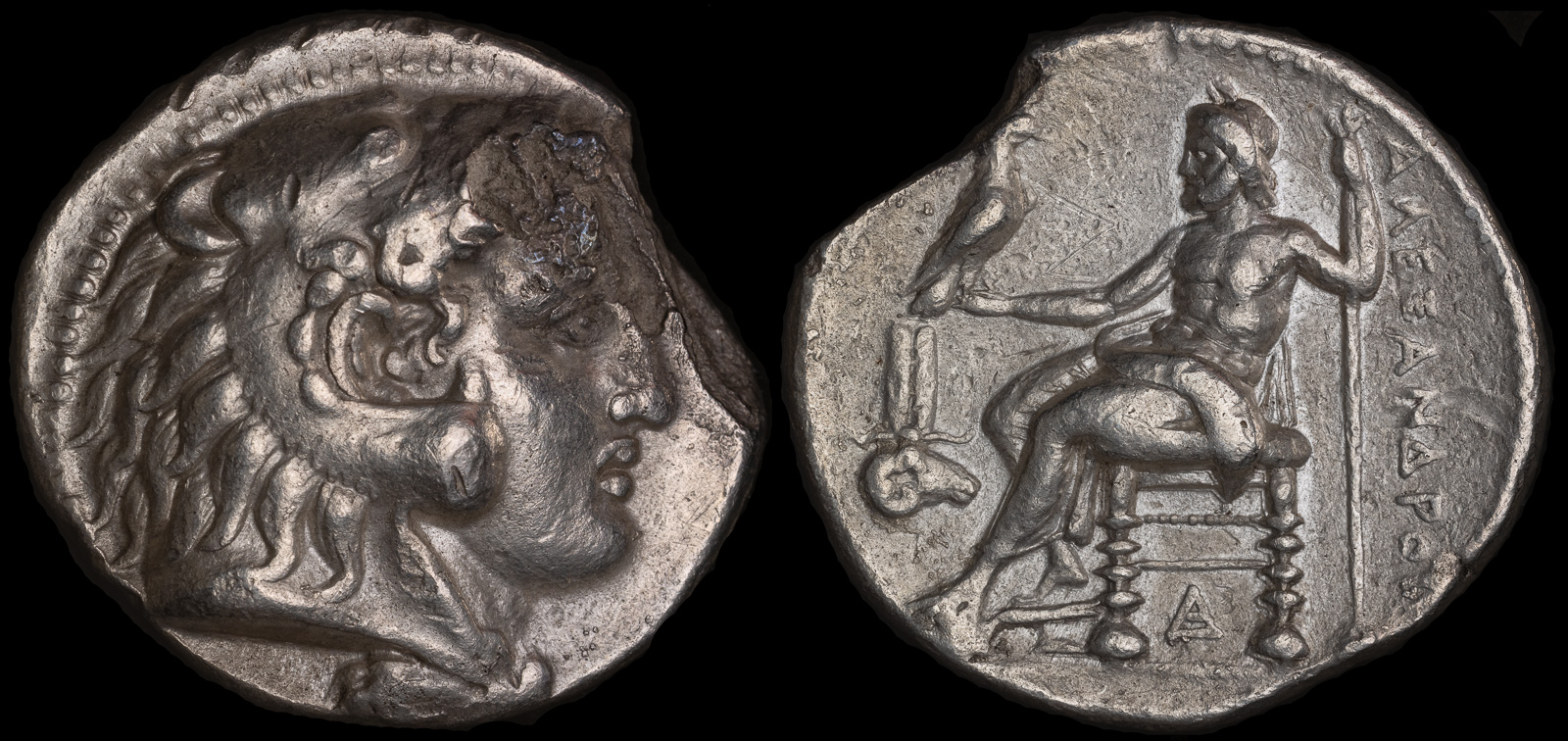Amun-Ra
View All Tags
The rise of Amun-Ra’s prominence in Egyptian religion occurred during the New Kingdom (c. 1550–1070 BCE), particularly in the 18th Dynasty when Thebes, the capital of Egypt, became the center of worship for Amun. The god Amun was originally a local deity of Thebes, associated with the air and the hidden aspects of existence. However, as Thebes gained political and religious importance, Amun’s power expanded, and he was identified with Ra, the god of the sun and order. The combination of these two deities made Amun-Ra a highly influential god in Egyptian life, particularly during the reigns of Pharaohs like Amenhotep III and Ramses II.
Amun-Ra’s association with the sun god Ra gave him control over the day and night cycles, and his power was seen as encompassing both the physical world and the spiritual, hidden realm. As the god of creation, Amun-Ra was believed to have created the universe through his will and breath. The sun was not only a physical manifestation of life but also a symbol of Amun-Ra’s omnipotence, shining over the world and providing order and stability.
Amun-Ra was depicted in various forms throughout Egyptian art and iconography. Most commonly, he was shown as a man with a ram’s head, symbolizing fertility and strength, or simply as a man with a tall crown that featured two plumes, signifying his divine status. The ram’s head was particularly significant because the ram was seen as a symbol of virility, power, and creation. In addition, Amun-Ra’s image was often associated with the sun disk, emphasizing his role as the god who ruled both the heavens and the earth.
The symbolism of Amun-Ra also extended to the concept of hidden power. As the god of air and the invisible forces of nature, Amun was often depicted as a force that could not be seen but whose influence was felt in every aspect of the world. This made him a deity who governed not only the visible world but also the unseen realms of fate and destiny. The combination with Ra, the god of light and visibility, created a duality in Amun-Ra’s nature—he was both an obscure, enigmatic god and a powerful, life-giving force.

Egypt, Ptolemy I as satrap
with name and types of Alexander III
Memphis, c. 323/2 BCE
AR Tetradrachm, 16.09g 26.35mm
bv: Head of young Herakles r. wearing lionskin headdress.
Rx: AΛEΞANΔPoY Zeus seated l. holding eagle and scepter, in l. field, head of Amun-Ra (as ram) r., wearing double-plume crown, monogram under throne
CPE-4, Price-3964
Ex NFA